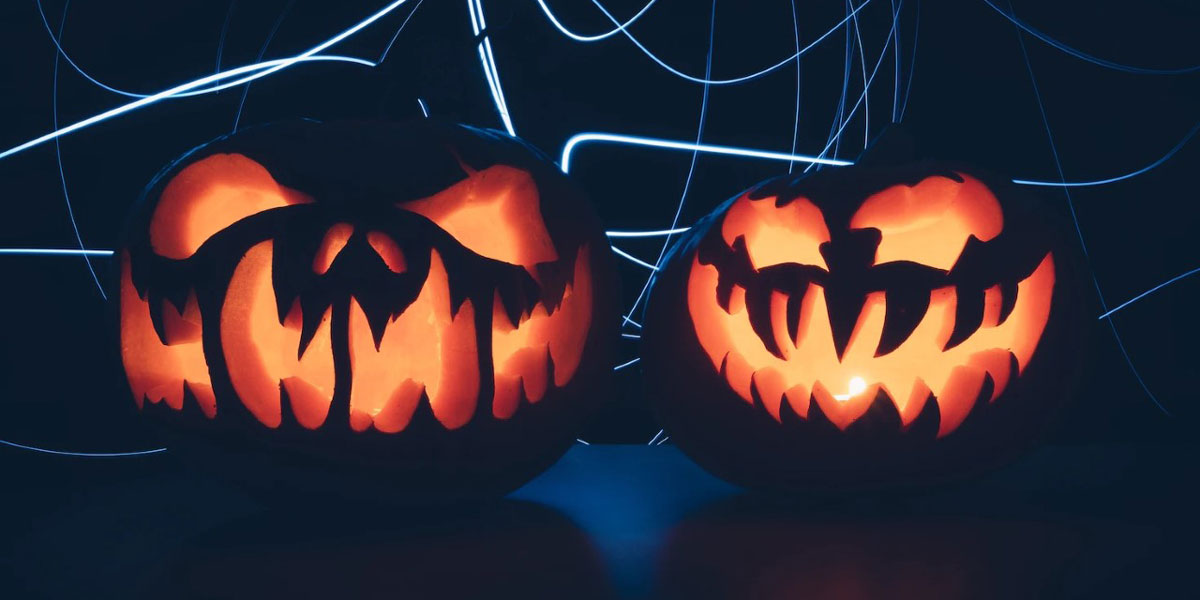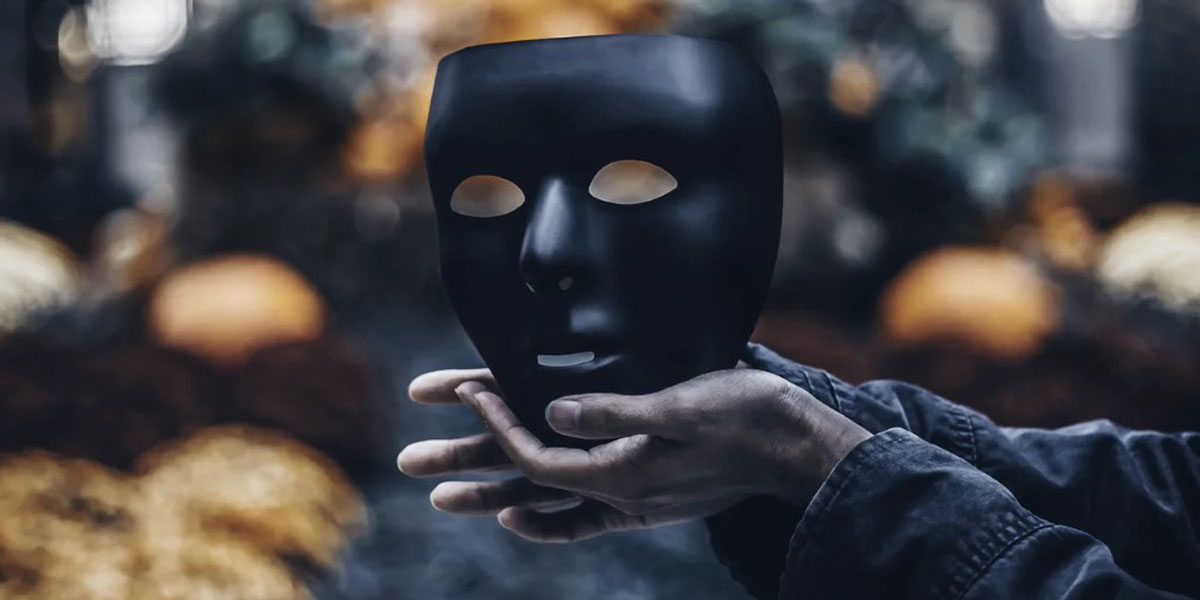As Halloween comes around each and every year, people get excited to put out decorations and get their costumes ready just in time for “spooky season.” But what is the history of this so-called holiday and who celebrated it first?
 Out of fear of demonic spirits the Druid priests carved scary faces on pumpkins in hopes of being spared from these spirits coming to attack them. Photo courtesy of James Kemp on UnSplash
Out of fear of demonic spirits the Druid priests carved scary faces on pumpkins in hopes of being spared from these spirits coming to attack them. Photo courtesy of James Kemp on UnSplash
__________________________________________________
The Druids, who were an order of priests during the third century BC, celebrated this holiday on Oct. 31 (which they recognized as the end of summer), to honor Samhain, the lord of death. The Druids were polytheistic and had female gods and sacred figures. “The Druids were said to believe that the soul was immortal and passed at death from one person into another. Roman writers also stated that the Druids offered human sacrifices for those who were gravely sick or in danger of death in battle,” according to Britannica. On this day, the Druids believed Samhain released all the wicked souls which had been previously condemned within that year to live in animal bodies in the form of demonic spirits, ghosts, fairies, witches and elves. According to the Druidic tradition, these souls of the dead roamed the city on Halloween night and returned to haunt the homes where they once lived. The only way current occupants of the house could free themselves from being haunted was to lay food and give shelter to the spirits during the night. If they did not, the spirits would cast a spell on them. This is where the phrase “trick-or-treat” comes from: the Druids would be tricked if they did not lay out a treat. The jack-o’-lantern was also a part of the Druid belief system. The carving of pumpkins symbolized a damned soul named Jack. According to the Druids’ tale, Jack was not allowed into Heaven or Hell. Thus, he wandered around in the desolate night with a lit lantern until Judgment Day. Additionally, the Druids dressed up in scary costumes to frighten away what they believed to be demonic spirits. The Druids had other outlandish beliefs which have since turned into tradition. They were afraid of black cats because they believed that when a person committed evil, they would be turned into a cat. To scare them away, the Druids decorated their homes with witches, ghosts and other devilish objects. They also decorated their homes with cornstalks, pumpkins and other goods in offerings of thanks and praise to their false gods. In addition to Halloween, Oct. 31 was New Year’s Eve for western European people groups such as the Celts (1000 BC) and the Anglo-Saxons (410-1066 AD). To celebrate, they built huge bonfires on hilltops to frighten away evil spirits and often offered their crops and animals to the evil entities as a sacrifice – sometimes they even offered themselves. The history of Halloween is not often thought of or considered as people celebrate this holiday each Oct. 31. The Druids originated this scary holiday out of worry and fear. Maybe there needs to be more awareness when it comes to fully jumping in to the holiday spirt of Halloween as a Druids based the holiday on death and demonic spirits. To further read about Halloween as it relates to a Christian worldview, go read “Harvesting Holiness During Halloween” on MBU Timeline.— Editor’s Note —
 Halloween is a time where people typically celebrate by putting on costumes and get fully immersed in the eeriness and spookiness of the fall season. Photo courtesy of Josh Noonan on UnSplash
Halloween is a time where people typically celebrate by putting on costumes and get fully immersed in the eeriness and spookiness of the fall season. Photo courtesy of Josh Noonan on UnSplash